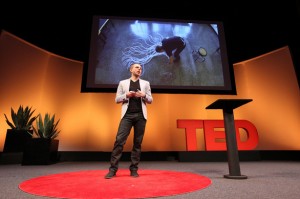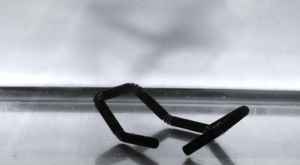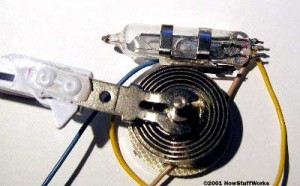

Fast-forward to 2013 and mix-and-match MIT's Self-Assembly Lab with the TED non-profit conference (Technology, Entertainment, Design), 3D printer company Stratasys, the Autodesk Programmable Matter Research group and an MIT professor named Skylar Tibbits; and the result is a consortium of modern-day conjurers with a goal of making self-assembling, self-adapting objects.
"New Lamps for Old" & 4D Printing
The phrase "new lamps for old" springs from the age-old tale of Aladdin and a sorcerer's plan for taking possession of a magic lamp by offering a new lamp in exchange for the old and quite valuable magic lamp. In the 2013 version of this tale we see the continuation of a well-known technique for self-assembling, or at least self-morphing objects as applied to the more recent 3D printing craze. The number four in the term 4D printing would seem to represent the property or act of transformation.


So what does 3D printing have to do with it? Probably not much, as this old-is-new-again technology continues to develop; because for hundreds of years there have been dozens or perhaps thousands of methods for combining layers of materials, and there are many ways to achieve results with mutable or self-morphing materials without the use of 3D printing.
Everything Old is New Again


MIT researchers are hopeful for a variety of materials and applications using change-agents such as pressure, light, microwaves, electricity, chemical reactions, and of course water, and temperature. Hopeful may be a key word, and those researchers envision applications in aerospace, furniture, pipelines, and even bicycles and buildings.

 Laptop & Tablet Parts
Laptop & Tablet Parts




















